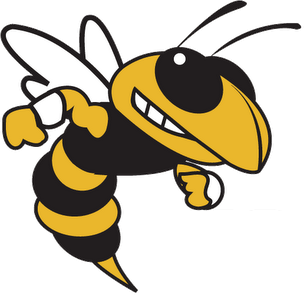Shark is an SQL engine on top of map reduce. Shark exhibits some interesting marriage of analytics with SQL. Here is an example of logistic regression:
And some performance numbers:
Detailed information about experiment setup can be found in their results page. Thanks to my collaborator Chris DuBois for sharing!
Do you want to meet Reynold Xin and ask him about Shark? Well, as you properly guessed right, Reynold will attend our GraphLab workshop Monday July 1st in SF, presenting GraphX, a graph processing system on top of Spark.
Do you want to meet Reynold Xin and ask him about Shark? Well, as you properly guessed right, Reynold will attend our GraphLab workshop Monday July 1st in SF, presenting GraphX, a graph processing system on top of Spark.





